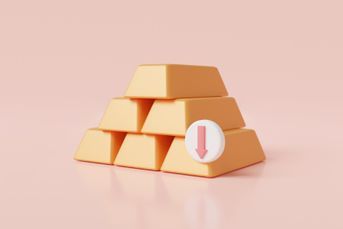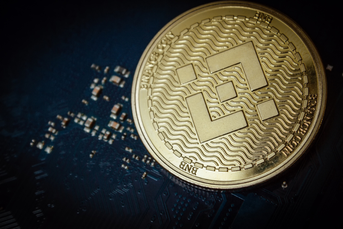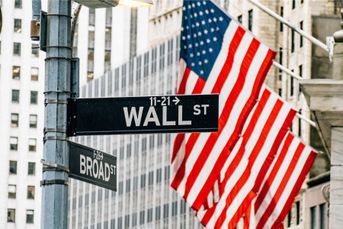Options market action suggests investor fear has peaked
Bulls looking for signs that Friday's rally in stocks is the start of something bigger are taking signals from options and S&P 500 Index charts. And it's looking good.
Bulls looking for signs that Friday’s rally in stocks is the start of something bigger are taking signals from options and Standard & Poor’s 500 Index charts.
One way of gauging market sentiment is to compare how much it costs to buy options that protect against losses in shares this month with those timed to expire in 90 days. As selling peaked with the S&P 500 falling as much as 3% on Oct. 15, near-term options soared 25% above those timed to January, the most in three years.
(Don’t miss: Advisers tested by spike in market volatility)
The gap, known to traders as the curve in VIX futures, was cited as a reason for optimism in a note Friday by Thomas J. Lee, the former JPMorgan Chase & Co. chief equity strategist and co-founder of Fundstrat Global Advisors. It means investors who are running for cover today are less concerned about the state of stocks in the future.
“The inversion of the VIX term structure suggests a peak in fear and historically a bottom has been seen,” Mr. Lee said. “We are likely close to the end of the sell-off in the equity market.”
The S&P 500 rose 1.3% to 1,886.76, paring its loss in October to 4.4%. The Dow Jones Industrial Average rebounded, climbing 1.6% and snapping a six-day decline.
PEAK FEAR
Two weeks of up-and-down markets have trained attention on the Chicago Board Options Exchange Volatility Index, the gauge of expected stock swings that is sometimes known as the fear index. Whipped up by selling that erased more than $2 trillion from share prices, the gauge climbed above 26 two days ago, the highest level since June 2012, before retreating.
To Mr. Lee, this suggests a “peak in fear,” after which a market bottom has historically formed. Periods in which the VIX surged above its own futures by a magnitude similar to this week have happened six times during economic expansions since 2004, according to his data. A low in equities was reached a median of 10 days later, he found.
“Inverted curves are usually a sign that people think the spike is coming to an end,” said Gerry Fowler, the global head of equity-derivative strategy at BNP Paribas SA in London. “Otherwise, they’d be bidding up the whole curve.”
Another indicator that some traders interpret bullishly involves the average price of the S&P 500 and its component companies over the past 200 days, a technical indicator designed to show how gains or declines compare to longer trends.
MOVING AVERAGE
The S&P 500’s 200-day average price is 1,906. On Oct. 13, stocks fell below that technical level, which had stood as a floor during selloffs since November 2012.
This has happened 19 times since 1971, not including recession years, and the market has historically continued to decline an additional 2.2%, according to Fundstrat. However, the S&P 500 has also reached a bottom a median of 10 days after the initial breach, which favors a bullish outlook, Mr. Lee said.
Couple these market-positive technical indicators with economic data that has come in better than expected and you have a buying opportunity, according to John Canally of LPL Financial Corp. Recent reports showed production at American factories rebounded last month, claims for jobless benefits fell to a 14-year low and households held the most optimistic views in two years.
“The market has a buy-the-dip mentality right now,” Mr. Canally, an economic strategist at LPL Financial in Boston, said in a phone interview. “The disconnect between the sharp market drops this week and the pretty good U.S. fundamentals might’ve gotten some people interested in buying again.”
Learn more about reprints and licensing for this article.








